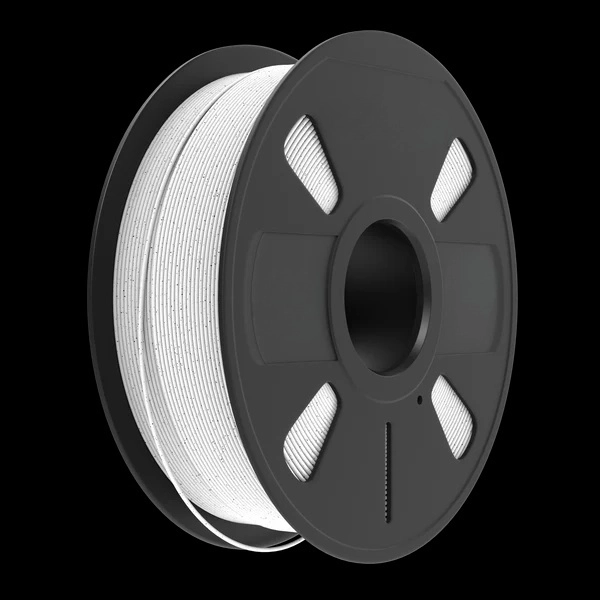
In the rapidly evolving world of 3D printing, choosing the right plastic material is crucial for achieving optimal results. With a wide range of options available, it can be challenging to determine the best plastic material for your specific 3D printing needs. In this article, we will delve into the various factors to consider when selecting a plastic material for 3D printing and explore some of the top choices available in the market today.
- Understanding the Requirements:
Before diving into the specifics of plastic materials, it's essential to understand the requirements of your 3D printing project. Consider factors such as mechanical strength, flexibility, heat resistance, chemical resistance, and desired surface finish. Each application may have unique demands, and selecting the appropriate plastic material will ensure the success of your project. - PLA (Polylactic Acid):
PLA is one of the most popular plastic materials for 3D printing due to its ease of use, affordability, and biodegradability. Derived from renewable resources such as cornstarch or sugarcane, PLA is environmentally friendly and emits minimal fumes during printing. It is suitable for a wide range of applications, including prototypes, educational models, and decorative objects. However, PLA may not be the best choice for functional parts that require high strength or heat resistance. - ABS (Acrylonitrile Butadiene Styrene):
ABS is a widely used plastic material known for its durability and impact resistance. It offers better mechanical properties compared to PLA, making it suitable for functional prototypes, automotive parts, and consumer products. ABS can withstand higher temperatures than PLA, but it emits potentially harmful fumes during printing, requiring proper ventilation. Additionally, ABS may be prone to warping and requires a heated print bed for successful printing. - PETG (Polyethylene Terephthalate Glycol):
PETG strikes a balance between the ease of printing and mechanical properties. It combines the strength of ABS with the ease of use of PLA. PETG is known for its excellent layer adhesion, impact resistance, and transparency, making it suitable for functional parts, medical devices, and food containers. It offers good chemical resistance and can withstand moderate temperatures. However, PETG may not be the best choice for high-temperature applications. - Nylon:
Nylon is a versatile plastic material that offers exceptional strength, flexibility, and durability. It is commonly used for functional prototypes, mechanical parts, and industrial applications. Nylon exhibits excellent layer adhesion and can withstand high temperatures, making it suitable for demanding environments. However, nylon requires careful handling during printing due to its high moisture absorption, and it may require a heated chamber for optimal results. - TPU (Thermoplastic Polyurethane):
TPU is a flexible and elastic plastic material known for its rubber-like properties. It is commonly used for producing wearable devices, phone cases, and flexible parts. TPU offers excellent impact resistance, chemical resistance, and low-temperature flexibility. It is relatively easy to print and does not require a heated print bed. However, TPU may have limitations in terms of dimensional accuracy and surface finish.
Conclusion:
Selecting the best plastic material for 3D printing depends on the specific requirements of your project. PLA is an excellent choice for beginners and non-functional prints, while ABS, PETG, nylon, and TPU offer a range of mechanical properties suitable for different applications. Consider the desired characteristics, such as strength, flexibility, heat resistance, and chemical resistance, to make an informed decision. Stay updated with the latest advancements in 3D printing materials, as new options continue to emerge, expanding the possibilities for innovation and creativity in this exciting field.







